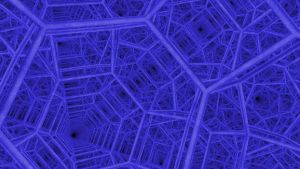
Time around the Earth is unified through Pi
Dr. Heike Bielek explores the geometric structure of a circle, uncovering the connections between space, time, and pi. Discover the intriguing correlations that expose the hidden patterns shaping our perception of the world.








